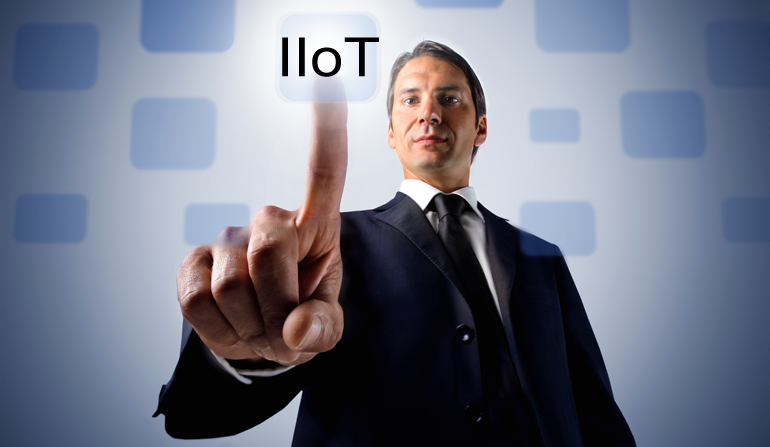 The Internet of Things (IoT) refers to the proliferation of "smart" objects -- everyday things from cars and home appliances to athletic shoes and light switches -- that can connect to the Internet, passing and receiving data and connecting the physical world to the digital world.While IoT is mostly about human interaction with objects pervading the world at large, a version of this same physical-to-digital connection exists and is becoming a more and more pervasive part of manufacturing: the Industrial Internet of Things (IIoT).
The Internet of Things (IoT) refers to the proliferation of "smart" objects -- everyday things from cars and home appliances to athletic shoes and light switches -- that can connect to the Internet, passing and receiving data and connecting the physical world to the digital world.While IoT is mostly about human interaction with objects pervading the world at large, a version of this same physical-to-digital connection exists and is becoming a more and more pervasive part of manufacturing: the Industrial Internet of Things (IIoT).
The Industrial Internet of Things (IIoT) is the use of Internet of Things (IoT) technologies in manufacturing. It incorporates machine learning and big data technology, harnessing the sensor data, machine-to-machine (M2M) communication and automation technologies that have existed in industrial settings for years.
The driving philosophy behind the IIoT is that smart machines are better than humans in capturing and communicating data accurately and consistently. This data can enable companies to pick up on inefficiencies and problems sooner, hence, saving time and money.
IIoT technology is commonly used to monitor and control production processes while capturing detailed data for quality management and documentation. Manufacturing execution systems are embracing IIoT technology to enable closer monitoring of more parameters and more sophisticated control of processes and quality as a result. Furthermore, it is providing an unprecedented level of visibility throughout the supply chain. Individual items, cases, pallets, containers and vehicles can be equipped with auto identification tags and tied to GPS-enabled connections to continuously update location and movement.
The primary characteristic of both IoT and IIoT is the availability of inexpensive, intelligent, connected devices. IoT uses these devices for consumer convenience. IIoT uses -- often more sophisticated -- devices to extend existing manufacturing and supply chain monitoring and management systems to provide broader, more detailed visibility and enable automated controls and increasingly accomplished analytics.
The differences between IoT and IIoT, therefore, are a matter of degree and application. IIoT uses more sensitive, more precise sensors in the plant and more location-aware technologies on the supply chain side. The controls and analytics are far more sophisticated and capable.
There is, of course, a potentially higher volume of IoT devices and users on the consumer side than in industry, and the devices and systems will undoubtedly be less expensive due both to the volume and the relatively less sophisticated and capable technology. That said, devices developed for the consumer market are and will be exploited for industrial use as part of IIoT.
And as IIoT technologies find their way into products that end up in consumers' homes and lives while they continue to gather data and communicate, the lines between IIoT and IoT will become less visible and less significant.
By MediaBUZZ


